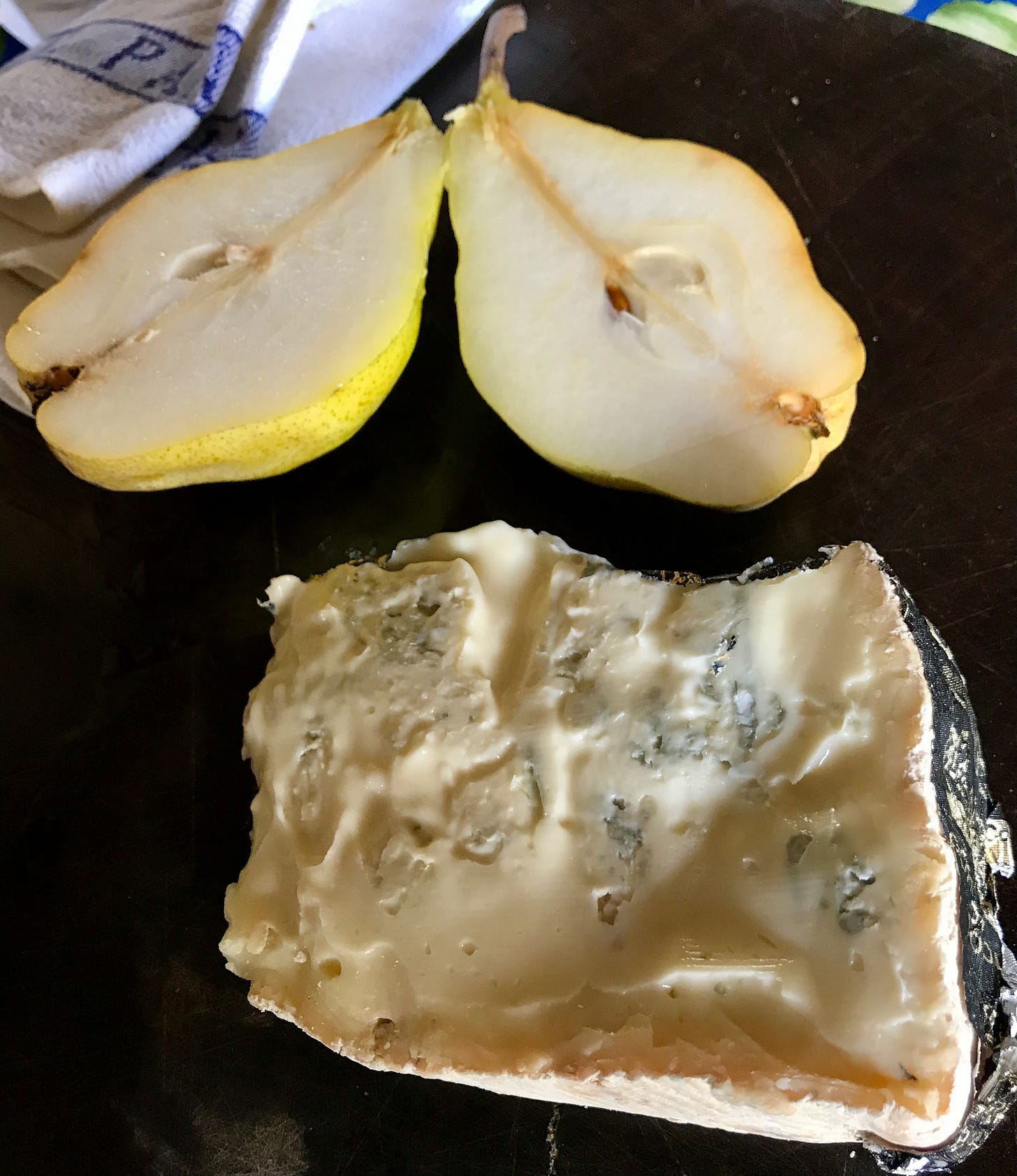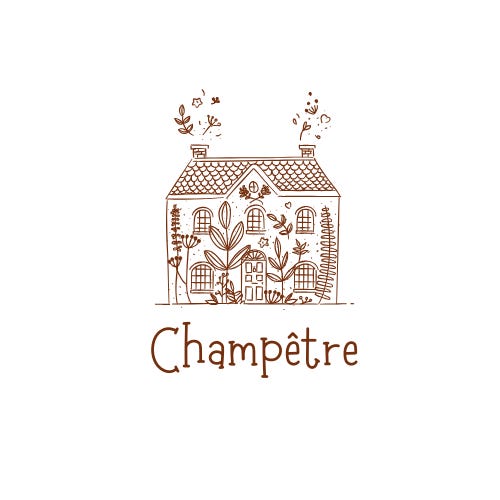The Days Grow Short. . .
Did you know? The music for that haunting song was written by the great Kurt Weill.
Mid-September and two important dates spring up on my calendar. One is local and one planetary-wide. For the local: September 20th is opening day for Common Ground Fair, the annual celebration of Maine agriculture now in its 48th year. This is where Maine farmers, food producers, and passionate locavore food consumers gather to eat, chat, argue, eat, listen, question, eat, demonstrate techniques (weaving, milking, cooking, shearing, foraging, fermenting, etc.), eat some more, and generally celebrate the spirit of rural living. If you’ve never been, it’s worth the trip to Unity to experience the full impact of what it means to live and farm and cook and eat in Maine. It’s put on by the Maine Organic Farmers and Gardeners Association (MOFGA), the oldest and I think still the largest such organization in the entire country. You can find out more here.
And the other event on my calendar, the planetary one? It’s the autumn equinox when, for the second time in 2024, day will precisely balance night, and we humans, not just humans but all us creatures great and small, will begin the northern hemisphere’s slow, inexorable descent into darkness. September 22nd is the day when fall begins, just after noon. Be ready for it!
Last late tomatoes/pomodori tardivi
Italian farmwives are busily putting up the last of their tomatoes, making jars and jars to see them through winter. It’s pomarola time—that’s the sauce that’s made by cooking the tomatoes together with carrots, onion, garlic, basil, then pureeing and processing in glass jars or even leftover beer and Fanta bottles. Some also make a simpler passata di pomodoro, grinding raw tomatoes, no skin or seeds; the “sauce” is then bottled and “cooked” by processing the bottles (or jars) in a boiling water bath. Which is better? Why not try both and decide for yourself.

But get to it, man! Or you’ll find yourself in February with truly nothing to eat in the house. If you’re looking for directions you can find them in my post from a year ago, which you can find here: https://nancyj.substack.com/p/the-long-goodbye. (Sorry, you’ll have to copy and paste that link—I can’t get Substack to work it properly.)
.
A gorgeous little goat-cheese-and-tomato tart
And if you’ve already filled your pantry shelves with jars and jars of tomatoes, why not take those last ripe fruits and make a Provençale tomato sauce, inflected with rosemary, thyme, and a hint of orange, then use it to construct a gorgeous little goat-cheese-and-tomato tart? You’ll find the recipe below (after the paywall) and believe me, it might look complicated but it really is not. You make the tart shells, the tomato sauce, and the creamy goat cheese filling separately, then just put them together when you’re ready to bake it off and serve. And it’s a treasure.
Maine Pears?
Maine apples are deservedly famous but Maine pears are, you might say, coming into their own after about 250 years, give or take a few. My friend Peggy Grodinsky wrote about them in this fine story from the Portland Sunday Telegram, with a great recipe for a pear and blue cheese risotto. You can find the story and the recipe here.
Blue cheese and pears go together like. . . well, like tomatoes and basil, or maybe peaches and cream.
A Grouch in the Kitchen
Finally, a few grouchy quibbles about recipe writing, especially around baking. This was inspired by a comment from Kate Hill, and if you don’t know her great Substack posts from her longtime home in the southwest of France, look her up and do subscribe—you’ll be so glad you did.
Here’s what I said in response to Kate:
Thank you for the comment about preheating the oven. Every damned American recipe for anything baked begins with preheating the oven. And then you discover the recipe has several loooong processes while your 450º oven merrily continues to burn fossil fuels and/or add to your electric bill. Most modern ovens heat very quickly. I suspect “preheat” goes back to the days of wood-fired cookstoves like what my grandmother had to use until modern times arrived at her Maine farmhouse.
Equally, thank you for your recommendation to use, whenever possible, just one bowl. Again, most American recipes for almost any kind of baking call for at least two bowls, one for dry ingredients, one for wet, and then you combine them. I’ve always thought a major drawback keeping people from cooking is the amount of cleanup involved in many recipes. Use one bowl, not two, combine the dry ingredients, then pour in the wet ingredients, one after the other, and you save time and mess and cook's woes.
Keep reading with a 7-day free trial
Subscribe to On the Kitchen Porch to keep reading this post and get 7 days of free access to the full post archives.







